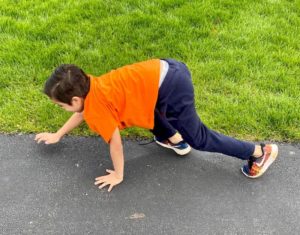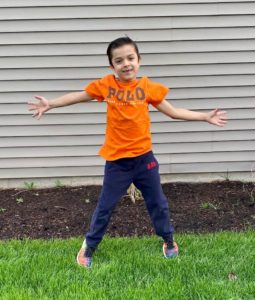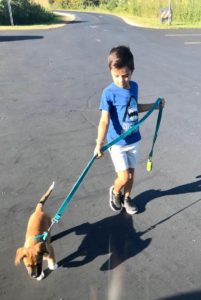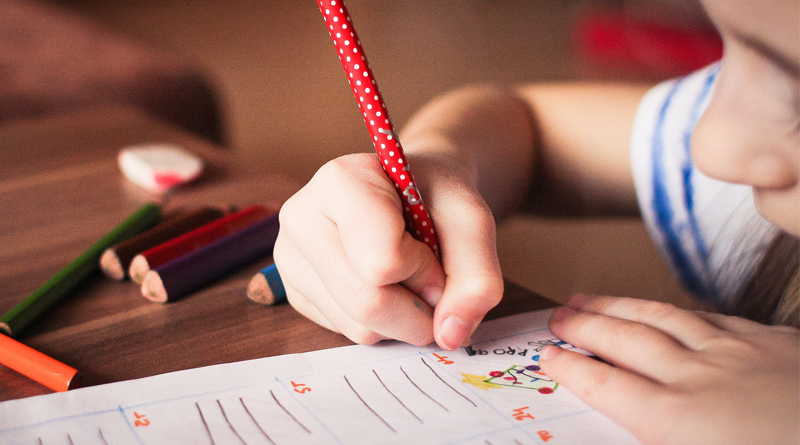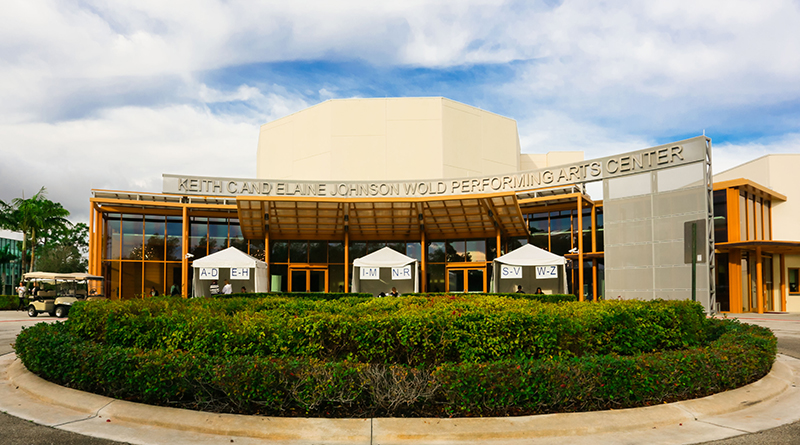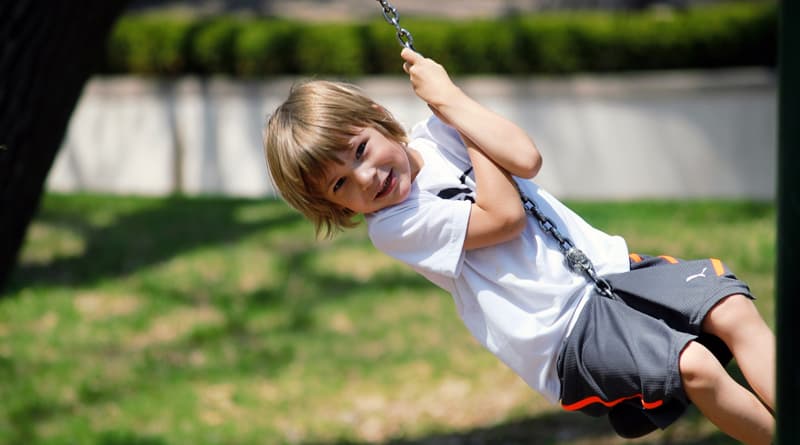
The Importance Of Exercise And Physical Activity For Neurodiverse Population
By Barbora Vystejnova, PT, MS, DPT
The Importance of Being Active
Physical activity and exercise is important for all children including neurodiverse population whose brains are wired differently. My goal is to help parents/caregivers provide appropriate activities for these children and instructional approaches that need to be modified to highlight children’s strength.
Vigorous activity for at least 20 minutes a day can help with aggression, stereotypical behaviors and can increase your child’s self-regulation and overall health.
Choosing Activities
The easiest way to have the child become interested in physical activity is to lead by an example. Full body movement such as walking is a great way to start with your child. Do not forget to take your pet with you if your child prefers.
Include activities that exercise the large muscle groups – movements that involve pulling, pushing, bending and rotation. Such activities are also easy to teach. Provide your child with an abundance of positive feedback. Setting realistic goals and providing a fun environment, will help with compliance to physical activity. For example, if you have access to a pool, letting your child enjoy the wonders of buoyancy, of course under an adult’s supervision.
Coordination, body awareness, strength and endurance can be improved with exercises like ball slams, bear crawls, jumping jacks, star jumps, hurdle step overs or dance, to name a few. Once the child sees you enjoying the activity, he/she will be mirroring your movement, which is fun! Also, ask your child for suggestions. They are most likely creative and will add activities like making snow angels, or playing hop-scotch, climbing on a tree to name a few.
Trying New Things
Sometimes transitions, new activities, fatigue or child’s expectations of themselves can make them frustrated. In these situations, I suggest that the parent happily start activities like jumping jacks and wait to see whether the child joins in. You can modify the activity to make it more fun, and easier for the child to engage. For example, if the parent chose to do jumping jacks, break it down into simpler steps – maybe just use your legs to side step or jump with the arms folded. This makes it easier for the child to get started and succeed. When they have mastered the task, feel free to gently challenge them again. This will not only provide an opportunity for the child to learn coping skills, it can also improve their self-esteem.
I would suggest consulting with your doctor before starting any exercise program. Also physical, speech and occupational therapist can be valuable part of the team. An active lifestyle can enhance your child’s wellbeing.
Let’s stay open, creative, flexible and accepting on this journey!
Resources:
Top-8-Exercises-for-Autism-Fitness.pdf
healthline.com/exercises-for-kids-with-autism

Barbora Vystejnova is a licensed doctor of physical therapist with over 10 years of experience in a role as a women’s PT, lead clinician and clinical director. Her favorite part of being women’s health PT is because it allows her to guide a patient to faster recovery and also to interact with them. As a past volleyball player in the Czechia, she is a team player and loves working side by side with a work team. Barbora also assists with coordinating clinical education at DMG. She has always enjoyed volunteering that gives her purpose and joy because of another opportunity to meet wonderful people and be a good example to her children. She lives in Plainfield, Illinois with her husband, two active children and a dog.


